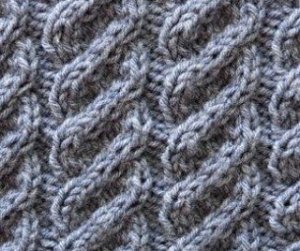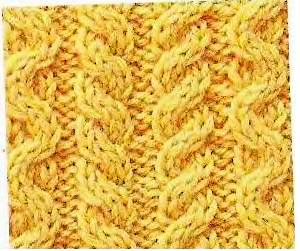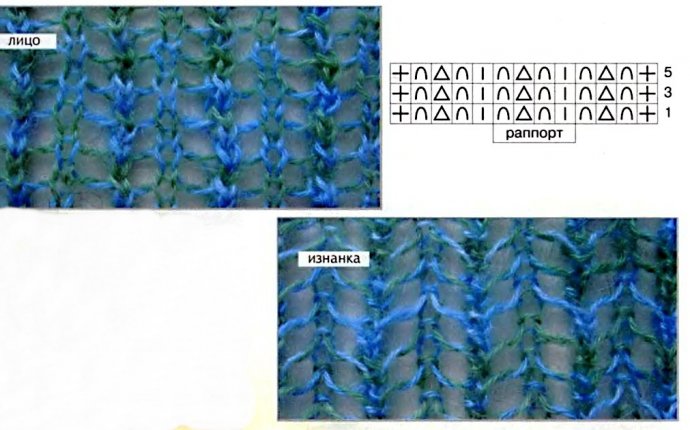
Speaker Knitting Scheme
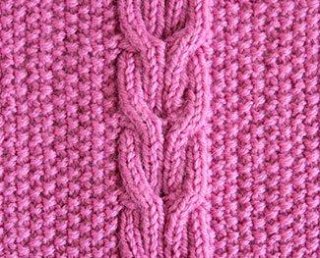 We will now consider commonly known and very popular visions and schemes for matching. It is likely that they are carried out more often from all groups. These are so-called jugs and cos. We brought them together because they have much in common in technology. The belt always contains so-called inclination loops (P). If you give a brief description of the inclined hinges, two P teams are each other, followed by a blindfold. In the exchange of P, it is necessary to use an additional match or a pin, otherwise it will not work. This technical technique is very simple, and is available not only for experienced masters, but also for starters. As a result of the exchange of groups, the AP is produced by a magnificent, stiff or cosme, based on intersection. Speakers and cos are mostly wearing winter clothes, such as sweaters, coats, scarfs and hats. In considering these horizons, it is a question of their diversity. It's hard to name the exact number to determine the number of variants of jugs and cos. Coss are small and large, complex and simple, voluminous and decorational, associated with rubber and even rifles. The lesson includes photos and diagrams of rough burns and spice-related coss.
We will now consider commonly known and very popular visions and schemes for matching. It is likely that they are carried out more often from all groups. These are so-called jugs and cos. We brought them together because they have much in common in technology. The belt always contains so-called inclination loops (P). If you give a brief description of the inclined hinges, two P teams are each other, followed by a blindfold. In the exchange of P, it is necessary to use an additional match or a pin, otherwise it will not work. This technical technique is very simple, and is available not only for experienced masters, but also for starters. As a result of the exchange of groups, the AP is produced by a magnificent, stiff or cosme, based on intersection. Speakers and cos are mostly wearing winter clothes, such as sweaters, coats, scarfs and hats. In considering these horizons, it is a question of their diversity. It's hard to name the exact number to determine the number of variants of jugs and cos. Coss are small and large, complex and simple, voluminous and decorational, associated with rubber and even rifles. The lesson includes photos and diagrams of rough burns and spice-related coss.
Speaker Town Master Class
This craftsman with pony photos and descriptions demonstrates to start-up technicians the most simple cosar with the matches. Having learned the principle of tying light ears, you will be able to perform a coward or burn any difficulty.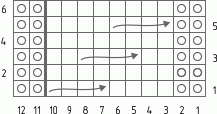 This cosme is very small, and it's a pretty good look. The cosmic specimen begins with a set of 20 hinges. The space flashlight will be an intelligent smoothie that will highlight the shame. Any slice comes from an even number of P, and in this case it's six grand. Seven P on each side for an incubatorial smooth. Six rows (P) should be tied before turning, with seven identifiers, six lyrics, and seven MPs again. After six P, we'll do the first round of P to the left. To this end, the first three Ps are filmed in front of the job, then we move the last three to the right match, back. After that, the first hinges return to the left match and add the remaining three. As a result, two groups of three Ps are changing places, i.e., cross-sections, after which they are all pulmonary hinges (LPs) and a number ends with seven PIs.
This cosme is very small, and it's a pretty good look. The cosmic specimen begins with a set of 20 hinges. The space flashlight will be an intelligent smoothie that will highlight the shame. Any slice comes from an even number of P, and in this case it's six grand. Seven P on each side for an incubatorial smooth. Six rows (P) should be tied before turning, with seven identifiers, six lyrics, and seven MPs again. After six P, we'll do the first round of P to the left. To this end, the first three Ps are filmed in front of the job, then we move the last three to the right match, back. After that, the first hinges return to the left match and add the remaining three. As a result, two groups of three Ps are changing places, i.e., cross-sections, after which they are all pulmonary hinges (LPs) and a number ends with seven PIs.
